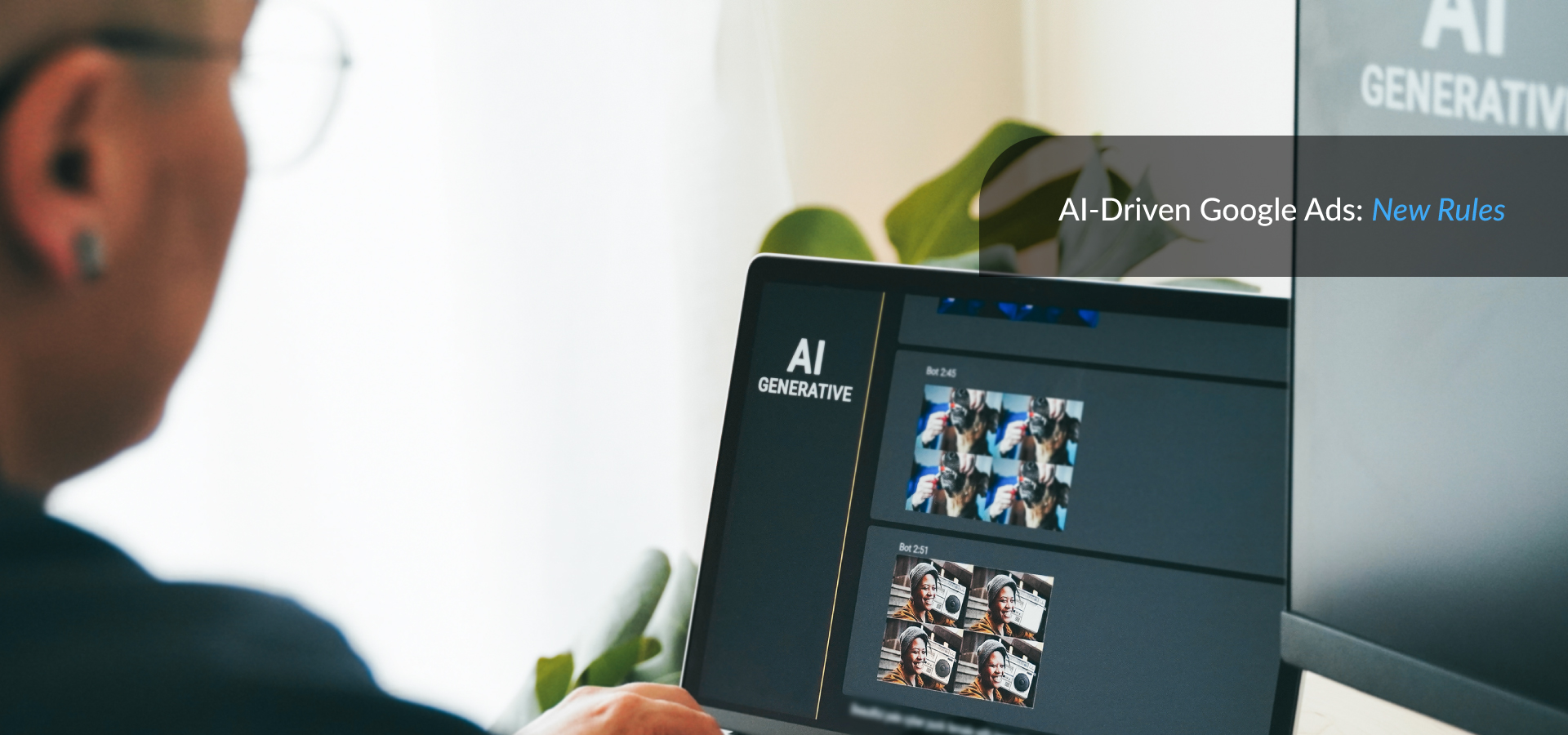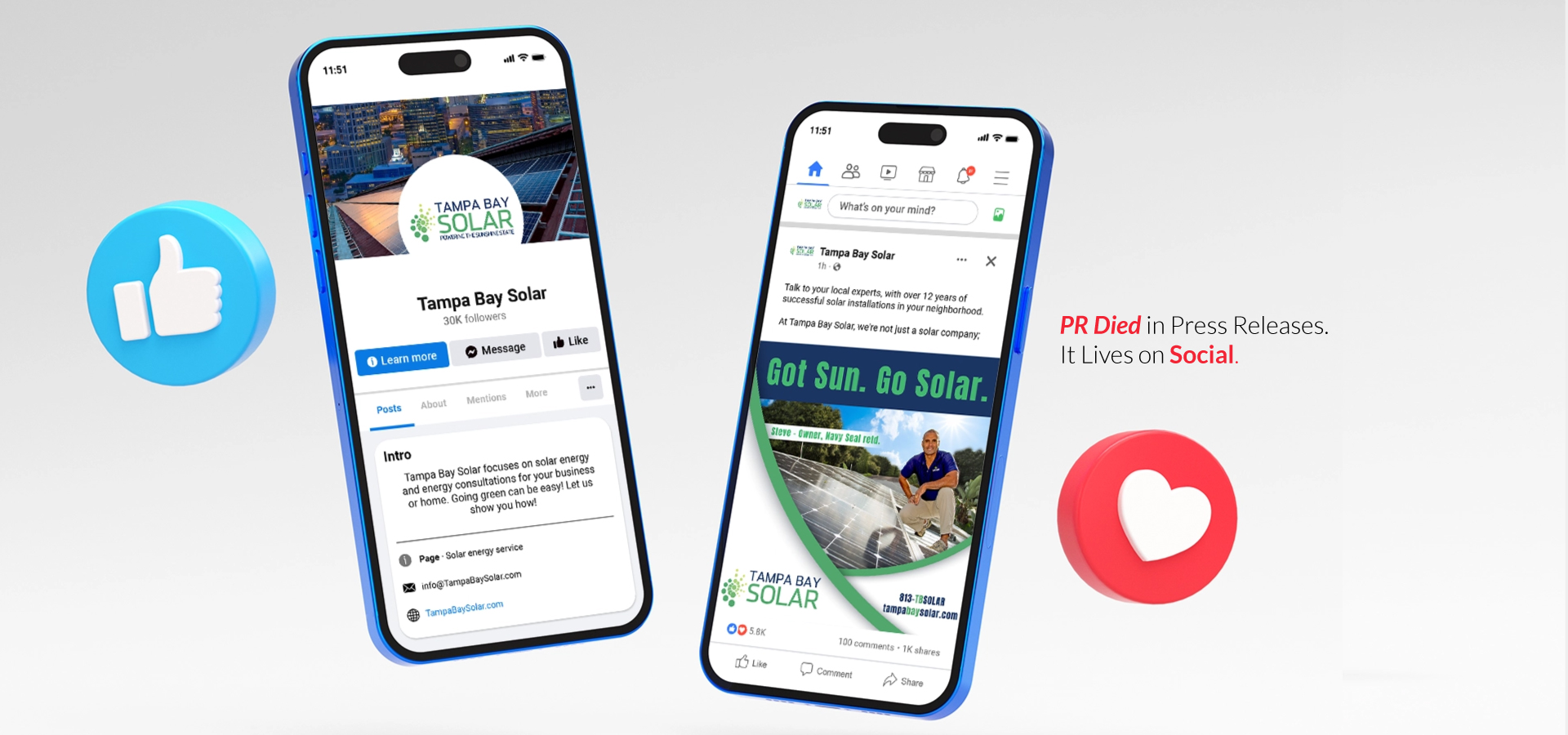Google Ads today is very different from the old keyword-based system.
It has evolved into a fully AI-powered platform that spans all of Google’s channels.
Businesses that once relied on manual keyword targeting and complete control now have to adjust to automation and data-driven decisions. Campaigns spread across Search, YouTube, Gmail, Maps, and more. This is why old strategies no longer work, and advertisers need a new playbook to succeed.
Platform Expansion Beyond Search
Google Ads is no longer limited to search. Campaigns now reach across YouTube, Display, Gmail, Maps, and Discover. The most significant shift is Performance Max, which uses AI to run ads on all channels automatically, replacing Smart Shopping and Local campaigns.
Another important update is Demand Gen campaigns, which grew from Discovery campaigns. They now include YouTube Shorts, smarter audience targeting, and new bidding options that let brands guide results without too much manual work.
Automation Takes the Wheel
Now, Google Ads will no longer allow manual bid setting for each keyword. Instead, AI algorithms decide bids automatically using strategies like target CPA, target ROAS, and maximizing conversions. If your conversion tracking is set up correctly, automation can bring more results with less effort. But if your data is messy or your goals aren’t clear, budgets can disappear fast, making it especially tough for small businesses.
Match Types and Keyword Control
Keyword match types no longer provide the precision they once did. “Exact match” includes close variants and “same-meaning” searches. Phrase match has absorbed broad match modifiers, making campaigns cover more queries with fewer keywords.
This makes negative keyword lists more critical than ever. Without strong negatives, campaigns risk wasting spend on irrelevant clicks. Advertisers must regularly update these lists to maintain control over traffic quality.
The Transparency Gap
Since 2020, Google has restricted access to complete search term reports, and by 2025, the visibility gap remains. Many search queries still don’t appear in reporting, leaving advertisers guessing about where money is being spent.
Google introduced Search Term Insights as a partial solution, but it doesn’t replace the granular visibility advertisers had in the past. Optimization now requires careful monitoring, creative use of available data, and ongoing testing.
Creative Shifts: Responsive Search Ads Only
Advertisers no longer create static Expanded Text Ads. RSAs let you add up to 15 headlines and four descriptions. Google automatically mixes these to see what works best. This can make ads more relevant, but gives you less control over the exact message. Advertisers can “pin” certain headlines to stay fixed, but that limits flexibility.
The challenge lies in balancing Google’s optimization with maintaining a clear brand message.
Performance Max at the Core
Performance Max is now the core of Google Ads, utilizing AI to run ads across Search, Display, YouTube, Gmail, Maps, and more.
The advantage is a considerable reach, but the drawback is less control. Advertisers struggle to see how budgets are allocated across channels, and brand exclusions are limited.
Because of this, many retailers use a hybrid approach:
- Standard Search campaigns to promote essential or high-margin products and services.
- Performance Max campaigns to grow reach and visibility across Google’s wider network.
Data Driven Attribution is the Key
Google now defaults to data-driven attribution, which spreads credit across multiple touchpoints rather than giving it all to the last click. While this is generally more accurate, it relies on Google’s advanced algorithms and works best with high-quality data.
Tools like Enhanced Conversions and Consent Mode help fix tracking gaps from privacy limits, and Google Analytics 4 is now standard for accurate campaign measurement.
Business Impact
The biggest reality of Google Ads is that success lives or dies on data quality.
- Clean, reliable conversion tracking is essential.
- Businesses with limited volume may struggle, since Smart Bidding requires data to optimize effectively.
- Smaller advertisers need to be cautious; while automation can save time, it can also waste budget quickly if left unchecked.
Future-Proofing
Google Ads now runs on AI and automation. Businesses that adjust to this system see better results, while others risk losing money. At Great Impressions, we focus on clear goals, accurate tracking, and innovative strategies to deliver success.





